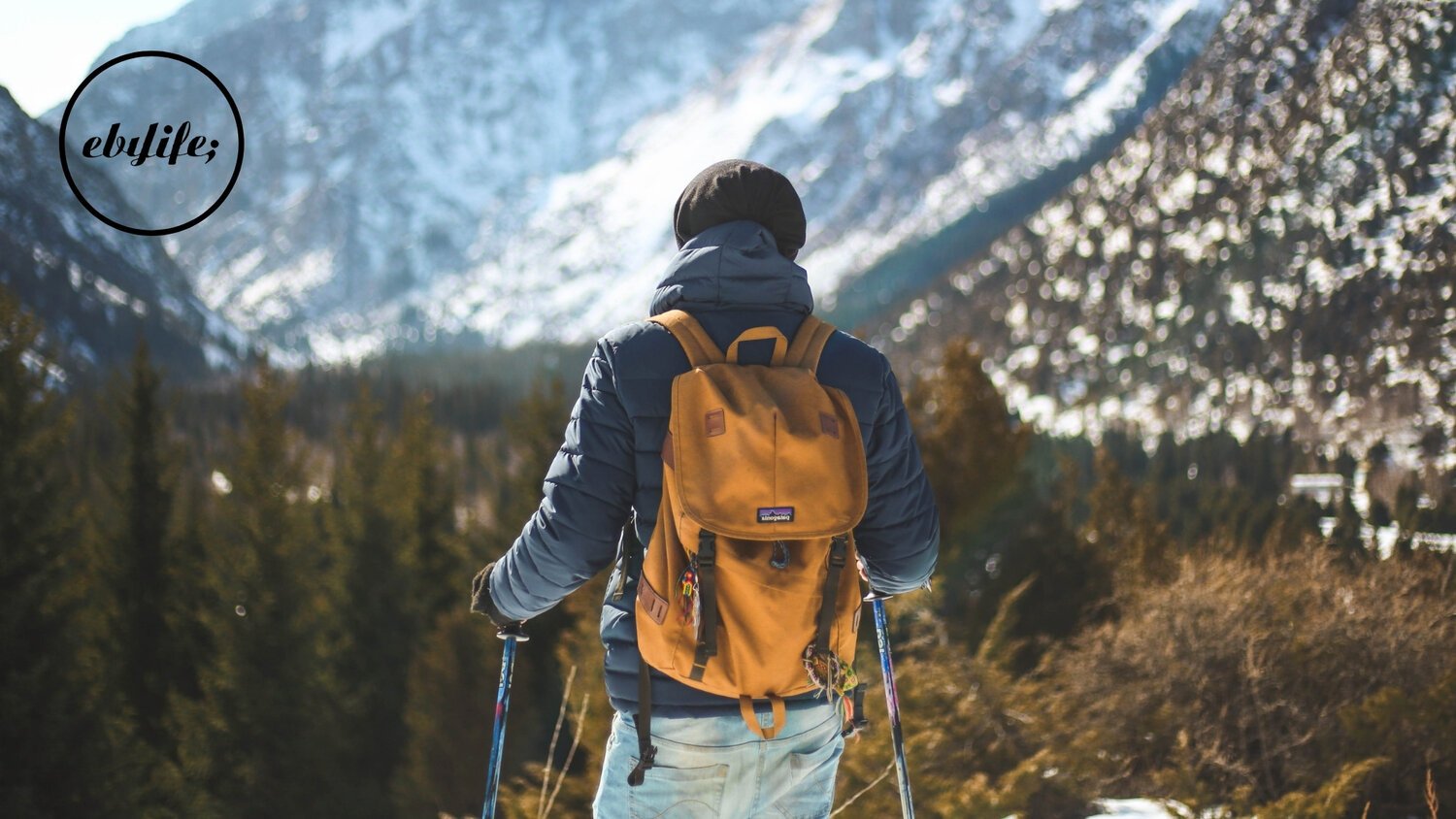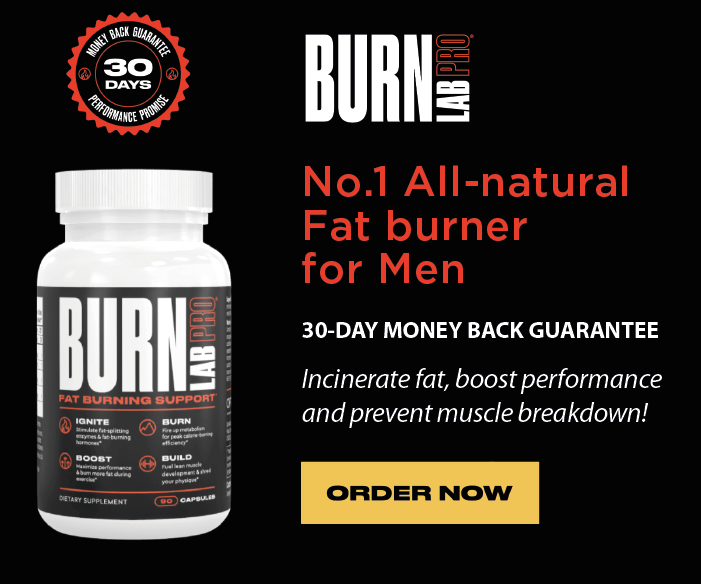Take a Hike, Lose Some Weight: Strategies to Burn Fat While Hiking
Weight loss doesn't have to be the goal for your hike but it's certainly a pretty big benefit. With all that beautiful nature around you, you'd be surprised to learn the number of calories you're burning! Even the most exercise-adverse-people enjoy a nice day hike to clear your mind and shed some extra pounds. Whether you're new to exercise, or are looking for a more relaxing way to get some fat burning in over a weekend, give hiking a go!
The Health Benefits of a Long Hike
Hiking is a great form of exercise for all fitness levels. Just like running, you can set inspiring goals and slowly work your way up, mile by mile and minute by minute. Between all the ups and downs, hiking is usually considered a moderate level of physical activity that can help lower blood pressure, decrease your risk of cardiovascular disease, and boost your mood and mental health. A 2015 study from Stanford University found that simply doing outdoor activities can help to combat negative thoughts brought on by depression and anxiety. Hiking even burns calories after you've made it back down to the bottom by boosting your metabolism. Exercise of any sort is a wonderful way to improve your mental health and mood, but outdoor exercise is the perfect way to help you feel more empowered and calm when exercising.
Now, I don't want to make it seem like hiking is a walk in the park - it's hard work! But it is certainly worth it. Here are some benefits of hitting the hiking trails:
It's a total body workout: Hiking doesn't just workout your lower body, with the right equipment (like hiking poles) you can activate all your muscle groups.
It can be low impact: Compared to running, hiking can be much gentler on the joints making it a great choice for those with aching joints or injuries. Hiking on rough terrains in the backcountry might cause some joint pain, but sticking to the well-maintained trails will not only give your joints a break, but it can also improve your balance.
It's cardio for people who hate cardio: While it might not rev your heart rate up as high as it would if you were sprinting, long sustained hikes are a great way to get the heart pumping and improve your heart health.
It's a great social activity: Hiking is made better with friends, both the two and four-legged kind. A lot of people choose to hit the trails together to keep each other motivated and safe. Plus, it's a safer way to work out together during Covid times.
It's free: You don't have to be scaling summits to get a good workout in. In most places of the world, hiking trails are abundant and absolutely free. Bye-bye gym membership.
It will help you lose body fat: You don't have to be sprinting to start losing weight! In fact, our bodies are better at using stored fat instead of carbs for energy during activities of high duration and low intensity. That means that those flatter long-distance hikes are going to kick start your metabolism into burning fat for fuel. Keep reading for some more tips on how you can maximize your high for weight loss!
Top Strategies to Burn Body Fat and Lose Weight on the Trails
1) Calories in vs calories out: Taking to the trails burns a surprising amount of calories. In particular, thru-hikers (100+ mile hikes that take weeks to months to complete) often struggle to consume more calories than they burn in a day. With that said, a moderate mid-day hike probably won't put you in a caloric deficit so it's important to work out roughly how many calories you're consuming vs how many you burn off the trails. The total amount of calories burned depends on your weight, walking speed, and the incline of the walk, but a moderate hike usually results in ~450+ calories burnt per hour. Remember to keep meals lean and mean and go easy on the summit celebrations to get the most out of your hard work. You may want to consider a clean plant-based Protein supplement to help support and protect muscle against excessive breakdown and give your body extra energy without draining the calorie bank. Also, for a little extra oomph, you may want to consider combining your cardio workouts with an all-natural fat burner like BURN lab pro.
2) Choose difficult hikes: Wanting to go higher and higher is built into the thrill of hiking but once you've confidently scaled one mountain, remember to move on to the next. Here's a simple "hiking difficult calculator" to track your progress and make sure you're always moving upwards and onwards!
3) Use trekking poles: In addition to providing more stability and balance, trekking poles activate your upper body and help to propel you forward along your hike. Without them, your legs are doing all the heavy lifting and missing out on the "free" upper body workout.
4) Move fast uphill, and slow downhill: Approach slopes like you would on a bike; try to start off fast and maintain a good speed as you climb. On the way down, don't lose control and let gravity take you down. Instead, keep your movements slow, controlled, and focused so you're activating more muscle groups even on the cool down. This will also help to decrease the impact on your joints.
5) Pack plenty of water and gear: Making sure you have enough water and gear for the hike and any accidental missteps is crucial. It might seem counterintuitive, but the added weight from backpacking can help you to burn more calories and lose even more weight. Even if it slows you down a bit, the added weight really helps you to lose more bodyweight in the end. A 10 to 15-pound backpack can increase your calorie burn by 10% to 15%! Plus, it ensures that you're safe and prepared for whatever you face on the trails. You might carry a full jug of water up the mountain, but you certainly won't be bringing it down full.
6) Use an app to track your progress: Helpful apps like AllTrails can prepare you for your next ascent and help you to track your progress in between. It provides helpful information on your miles, elevation, calories burnt, and pace so you have a healthy benchmark to blow away on your next trek.
7) Stay the course: Hiking works best as a weight-loss method when you stick with it! Try to stay the course and shoot for one long, low-intensity hike and two shorter more intense hikes per week. Don't let winter get in your way, hiking can be done (and enjoyed) all year long. Snow, heavy hiking boots, and a heavier day pack will all weigh you down in the winter in a good way. Winter hiking is a whole other ball game so if you're new to hiking, start training in the summer months so you are well prepared by winter.
8) Train in between: Try to do aerobic exercises 2-3 times a week to stay fit and to better prepare yourself for the demands of longer hikes. Strength training can also help you to target the muscles that work the hardest on your hike and to balance out and reduce your risk of muscle imbalances.
9) Train DURING your hike: Want to lose weight and build muscle fast? Take on a low and slow hike and plot out stopping points along the way for some bodyweight exercises. You can incorporate sit-ups, push-ups, lunges, squats, planks, whatever you like to build off of the momentum of your hike and burn off a little extra grasa!
10) Focus on the experience and less on the scale: Hiking for weight loss is a great goal, but it can't be the only thing propelling you higher and higher up the mountain. Hiking and being surrounded by nature is a gift, so enjoy the process. I'll see you at the top!




